How to Get a Natural Looking Wood Finish
Looking for that raw wood look? Find out how to get a natural looking wood finish on any piece of furniture, regardless of expected traffic!
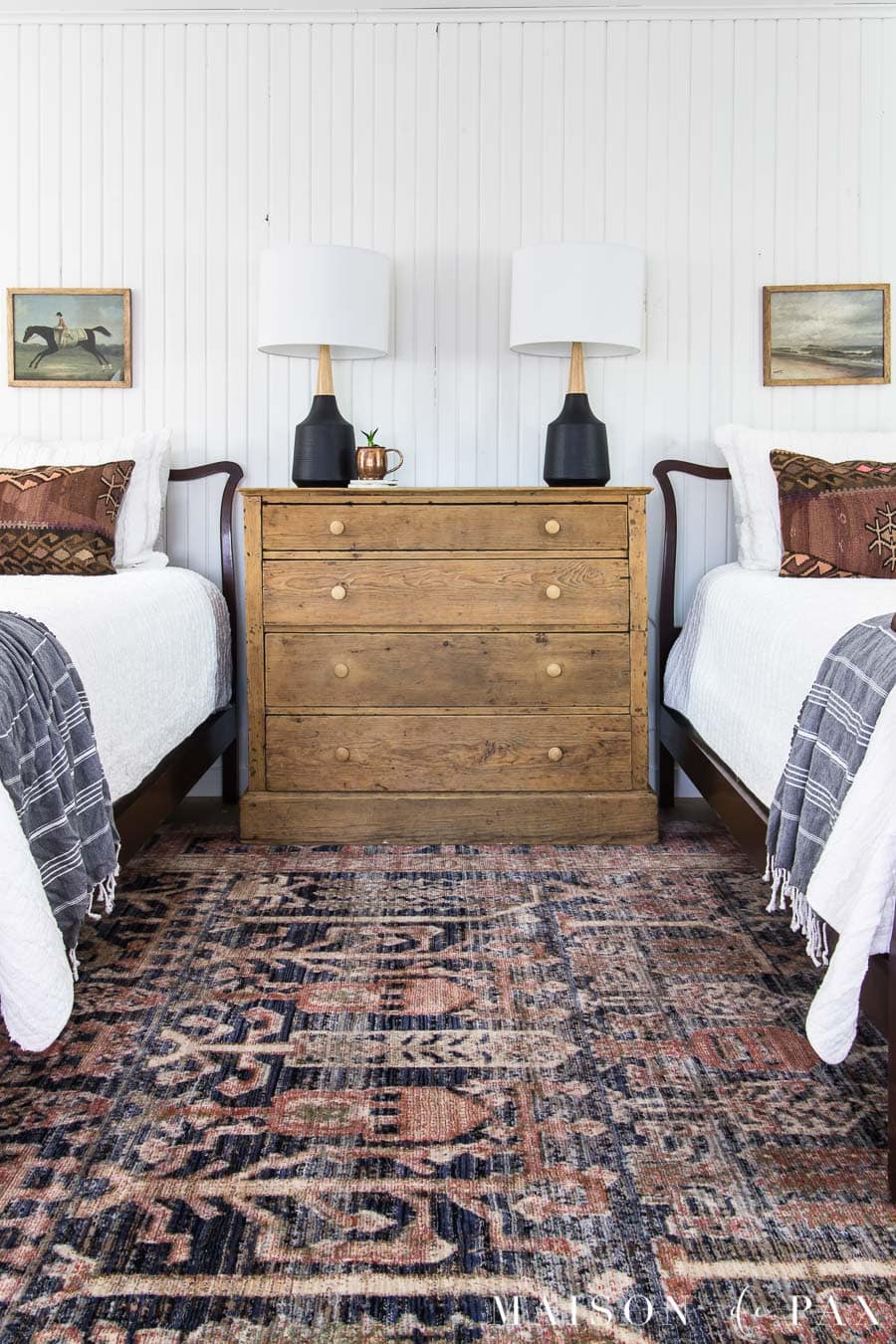
The organic, raw wood look is both classic and popular. It can complement rustic, modern, and traditional styles, making it a versatile and beautiful option. But how do you get that natural wood finish? How do you finish wood so it looks raw?
Based on some of my most popular furniture transformations, I’m going to share several different techniques to achieve that raw wood look on furniture depending on what kind of traffic your piece will receive.
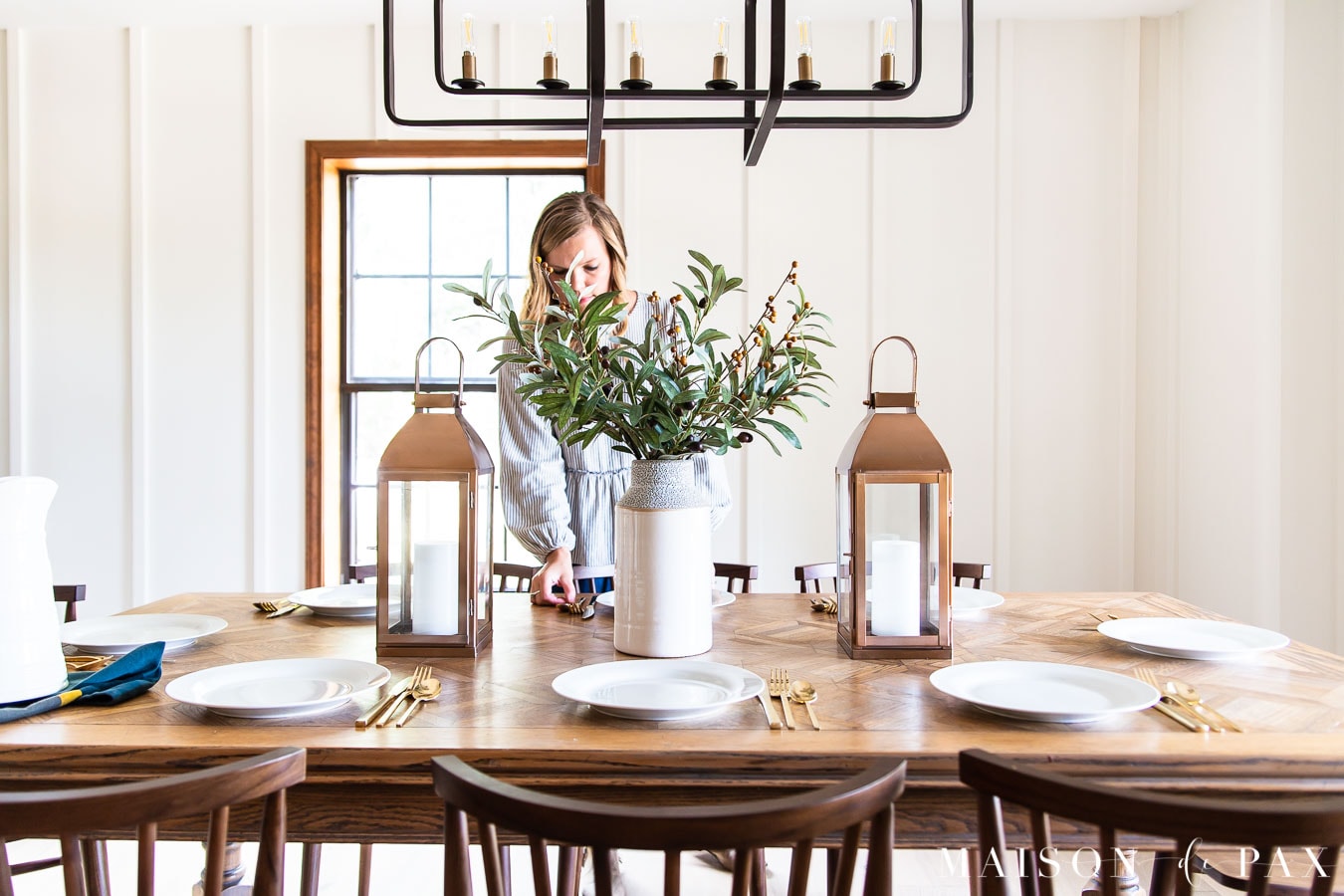
This post contains affiliate links. Click here to read my full disclosure.
Natural Looking wood finishes
I am often asked: what is the most natural looking wood finish? And how do you finish wood so it looks raw? How do you protect wood without changing the color?
I think the better question to ask first, though, is what kind of traffic will the piece receive?
The main goal in finishing a piece of wood furniture is to protect the piece from wear and stains. To achieve a natural looking finish, there are two keys: not changing the wood color and not changing the sheen of the wood. In other words, you want to maintain the wood color and find the flattest, most matte sealer possible.
However, the amount of traffic that a piece of furniture= will receive determines how it needs to be sealed and protected. Unfortunately, many common materials used for sealing raw wood, such as wax, shellac, varnish, polyurethane, lacquer, pure tong oil, and other sealers, tend to change the appearance of the wood. Even natural oil finishes often darken the color. Fortunately, there are ways to achieve a raw wood look if you are intentional and careful.
For today’s post, I’m going to categorize furniture in three main categories:
- Low-traffic furniture (think most bookcases or decorative table bases)
- Mid-traffic furniture (think many dressers, nightstands, or side tables)
- High-traffic furniture (think dining tables, cabinets, or children’s furniture)
A natural looking finish for low-traffic furniture
Don’t write me off when I say this, but not all furniture has to be sealed. Especially when working with vintage or antique furniture, people often tell me that they love the look of a piece just after it has been stripped of the old finish… So why not leave it that way?
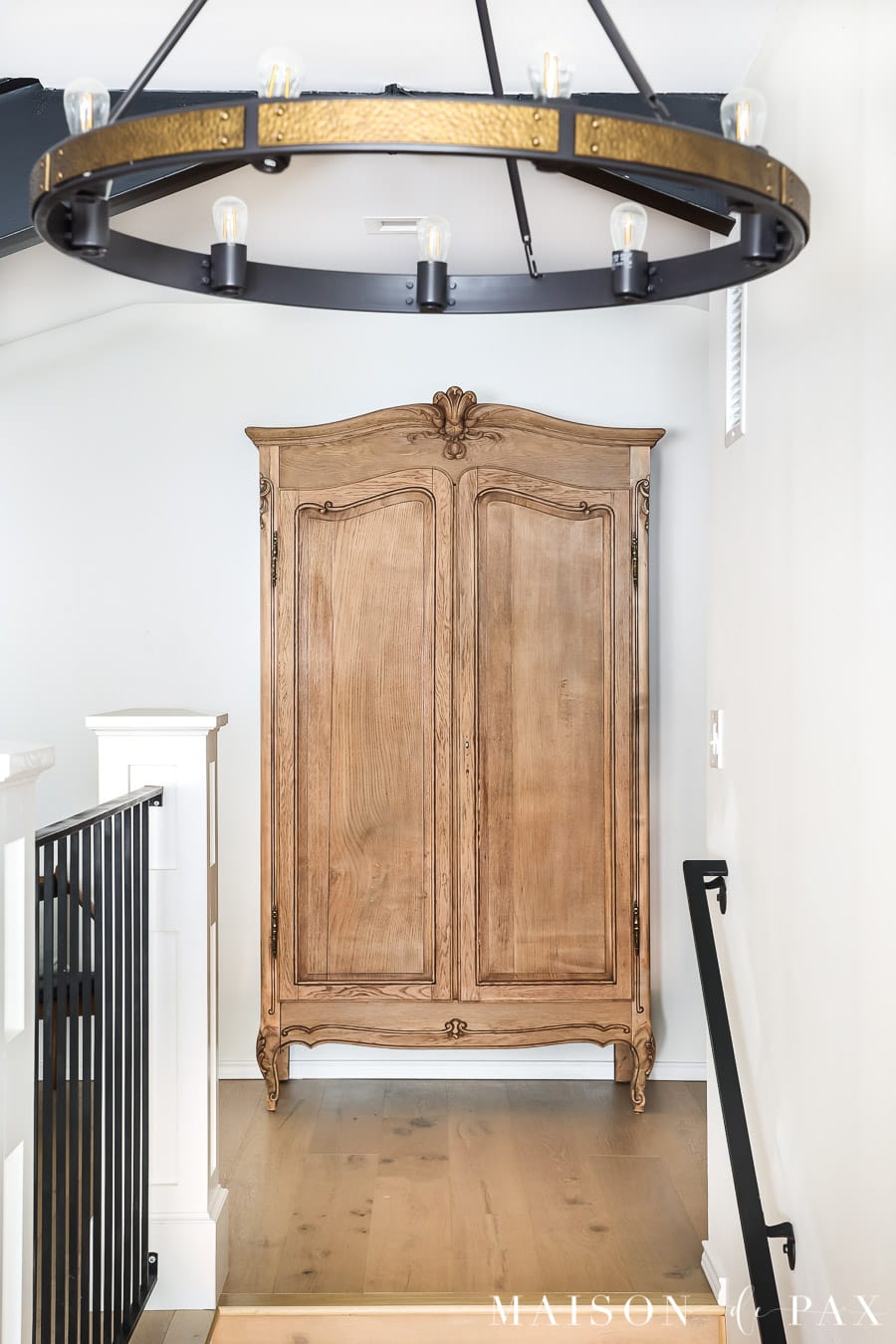
This is obviously only an option on low-traffic furniture, but I think it is an excellent one. Take this bookcase for example.
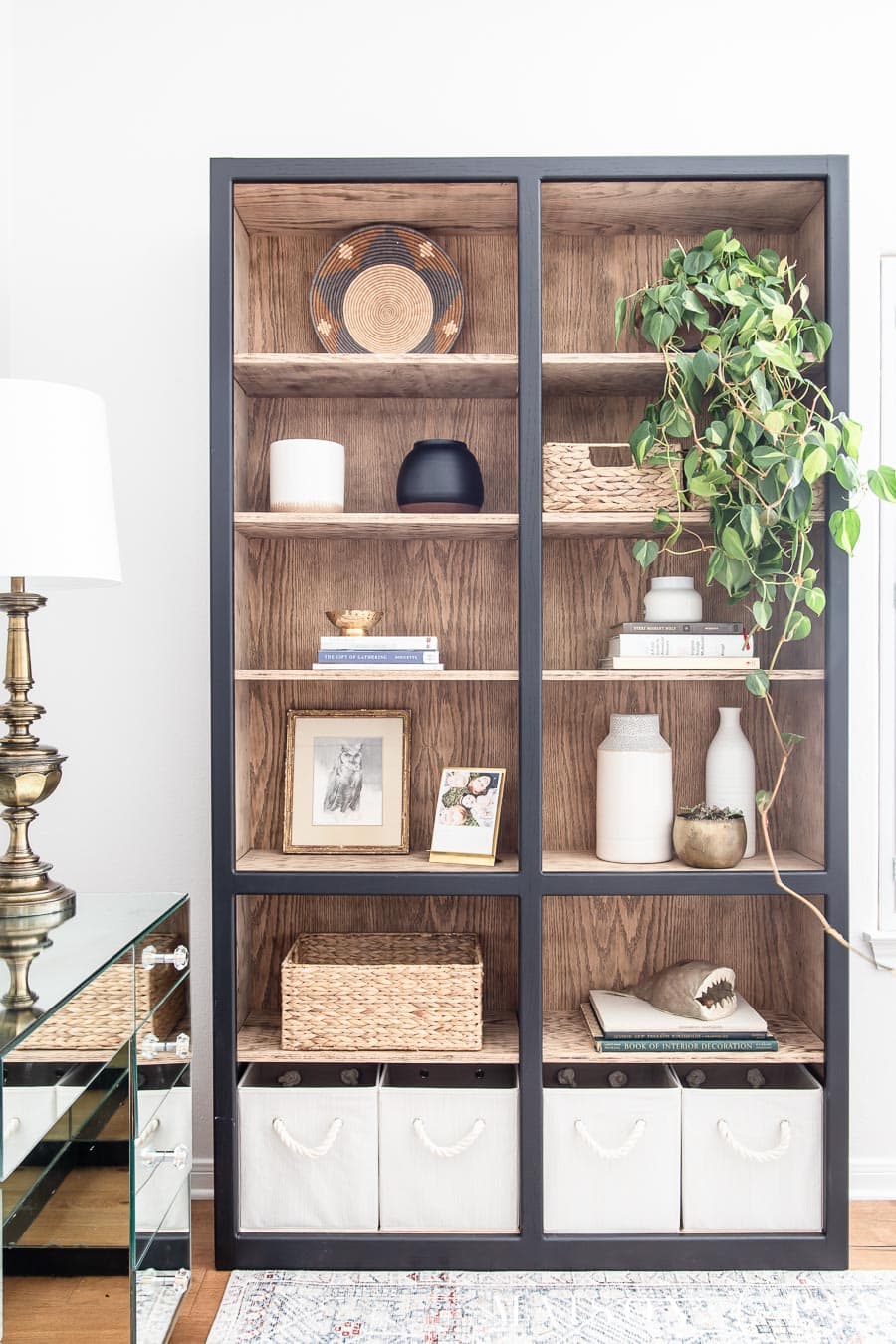
I did paint the outside (giving it a little more protection on the portions that might receive the most wear), but I loved the natural look of the stripped wood inside. Since the shelves hold mostly decorative items and interior design materials, unsealed wood will be just fine.
When to leave wood unsealed:
- When you have stripped an old piece (this look is not as good with fresh lumber)
- When you know the piece will not receive much traffic (including dirt, natural oils from hands, or any form of water)
How to get a raw wood look on low-traffic furniture:
- Remove the previous finish (either through chemical stripping or sanding; use caution with stripper and chemicals, please!)
- Sand piece until smooth (start with 60 grit sandpaper if you need to remove material and work your way down to 220 as a final finishing coat)
- Clean the wood thoroughly by blowing off sanding dust and wiping with a tack cloth or an alcohol or solvent (note: do not wipe with water as this can raise the wood grain)
- See this post for more details
A natural looking finish for mid-traffic furniture
I found this solution several years ago when refinishing this antique nightstand. I started by stripping the wood and loved the raw, unfinished look. However, I often keep a drink beside my bed, so I knew I wanted a little something to protect the wood, plus the wood looked a little dry.
So I waxed it, and the wood was instantly moisturized… and turned orange. Ugh. How do you bring natural color to wood? Solution: cerusing wax. The secret to combating the orange tones of the wood is to add some blueish white tones to look more brown.
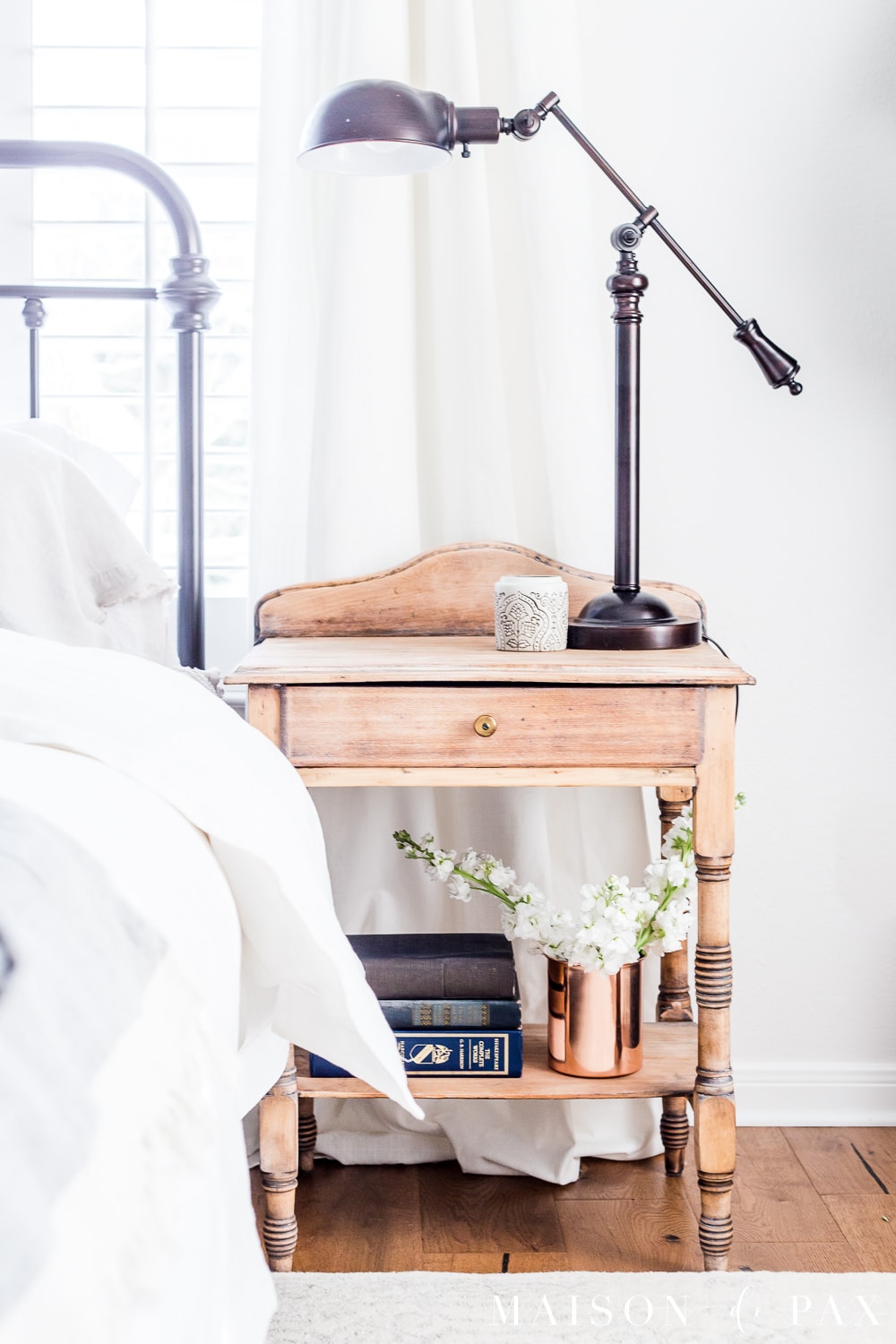
When to use a Wax Finish:
- You need some protection but do not expect significant wear or water
- You want a rich, matte texture
- You need to play with the color in places (perhaps to highlight carvings, distressing, or add a little bit of age to the piece)
- Your piece tends to go orange with a sealer (as pine and oak tend to do)
How to get a raw wood look on mid-traffic furniture:
- Remove the previous finish (either through chemical stripping or sanding; use caution with stripper and chemicals, please!)
- Sand piece until smooth (start with 60 grit sandpaper if you need to remove material and work your way down to 220 as a final finishing coat) and remove all sanding dust
- Use a brush or rag to apply a clear furniture wax such as beeswax
- Remove excess and buff lightly (not too much as you don’t want to polish the wax)
- Add cerusing wax over the clear wax, as needed, to counteract any darkening or warm tones in the wood
- See this post for a more in-depth tutorial
Note: you cannot put poly or other sealers on top of wax! So if you like this look but need something more durable than a wax finish, look at the next technique; do not try to cover this technique with another form of sealer.
A natural looking finish for high-traffic furniture
What about the pieces that need a really durable finish? How do you seal and protect wood from stain? Our dining room table at the ranch was the guinea pig for this process, and years later it still looks beautiful.
The trick here is that many woods, especially oak or pine which are commonly used for furniture, will look yellow or orange when a sealer is applied. The solution – similar to the addition of cerusing wax in the mid-traffic furniture technique – is to combat the orange tones with some gray/white tones to return the wood to a more organic, light brown color.

Note: you cannot mix wax and poly, so while this technique is similar in its mixture of white/gray with a sealer, you must follow one tutorial or the other; you can’t combine.
When to use a Wood Stain + Poly finish:
- You need significant protection from water and wear (such as dining room tables, desks, or children’s furniture)
- Your wood darkens or pulls orange when you use clear sealer
How to get a raw wood look on high-traffic furniture:
- Remove the previous finish (either through chemical stripping or sanding; use caution with stripper and chemicals, please!)
- Sand piece until smooth (start with 60 grit sandpaper if you need to remove material and work your way down to 220 as a final finishing coat) and remove all sanding dust
- Use a brush to lightly apply a light gray wood stain (this will take some experimentation to determine the best color for your piece). Wipe off excess and avoid drips.
- Apply a matte or satin poly using a high-quality paintbrush (or try a wipe on poly, just be sure to read the label and avoid semi-gloss or gloss).
- See this step-by-step tutorial for more details
Raw Wood FAQs
Does all wood need to be sealed?
No! Just remember that you take on a risk of staining, so be sure it is a low traffic piece if you don’t intend to seal it.
Can you add a more durable finish (like poly) over a wax finish?
No! You will have to use EITHER the wax technique OR the stain + poly technique.
Is oil-based polyurethan or water-based poly better?
This is a great debate. Oil-based poly can yellow over time, so I would not use it over white paint… but the yellowing is so subtle that it probably won’t show over the natural tones of wood. Water-based poly tends to be easier to find in a matte finish, but oil-based poly tends to be more durable.
Will these techniques work on all wood types?
No! Each wood species has different tendencies (mahogany has deep purple and red undertones, for example), so some more exotic woods actually need different treatments. These techniques will work, however, on many many woods used to make furniture.
Other recommended products for sealing raw wood
The reality is that each individual piece of furniture will react a little differently to these products. That’s the beauty of real wood furniture – no two pieces are exactly alike. With that in mind, I wanted to add a couple of other products that that get rave reviews; I simply don’t have tutorials written about them (yet 😉 ). These are basically all water-based poly-like products.
- General Finishes Flat out Flat Topcoat
- Modern Masters Exterior Dead Flat Varnish
- Minwax Polycrylic Protective Finish
In short, each piece takes a little experimentation. I hope this helps you feel the confidence you need to try!
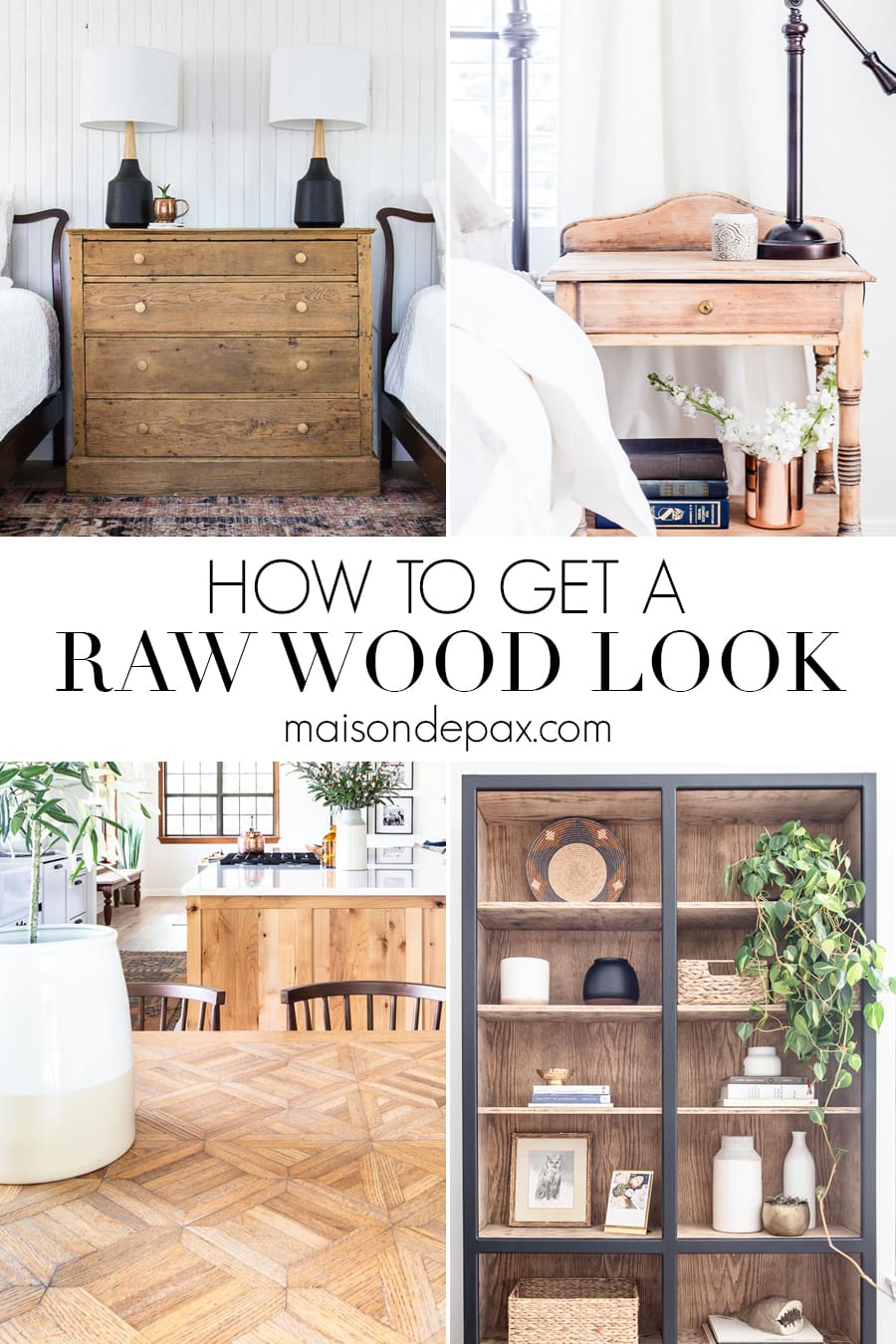


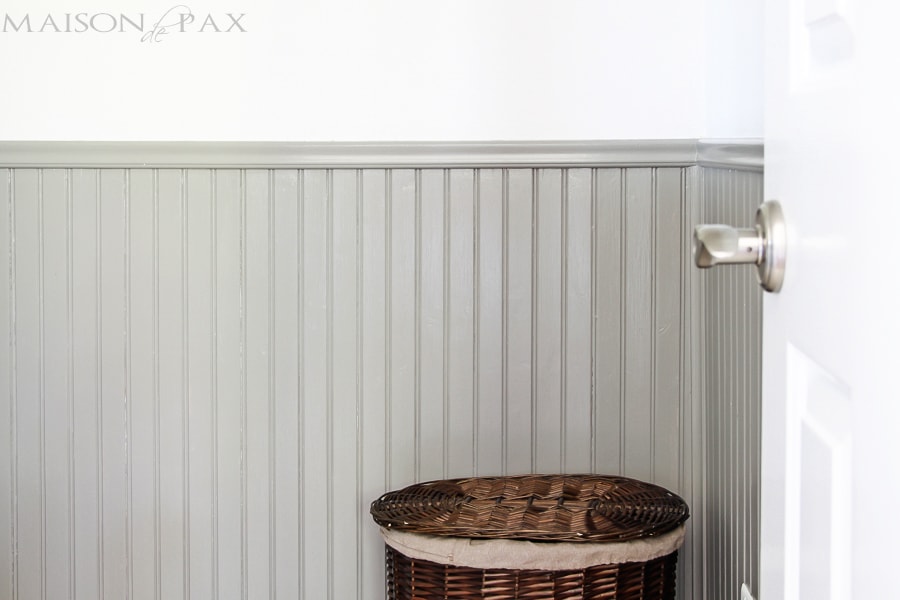

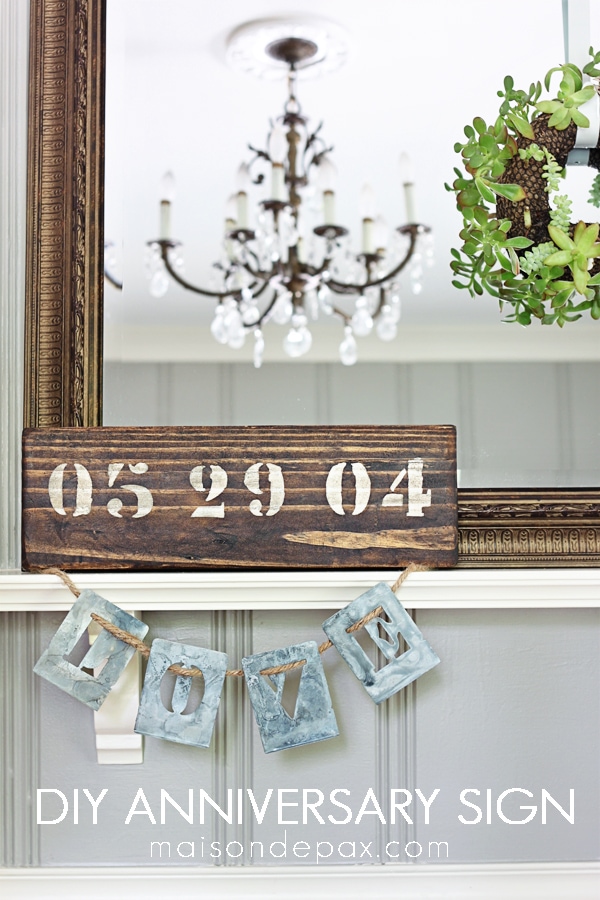
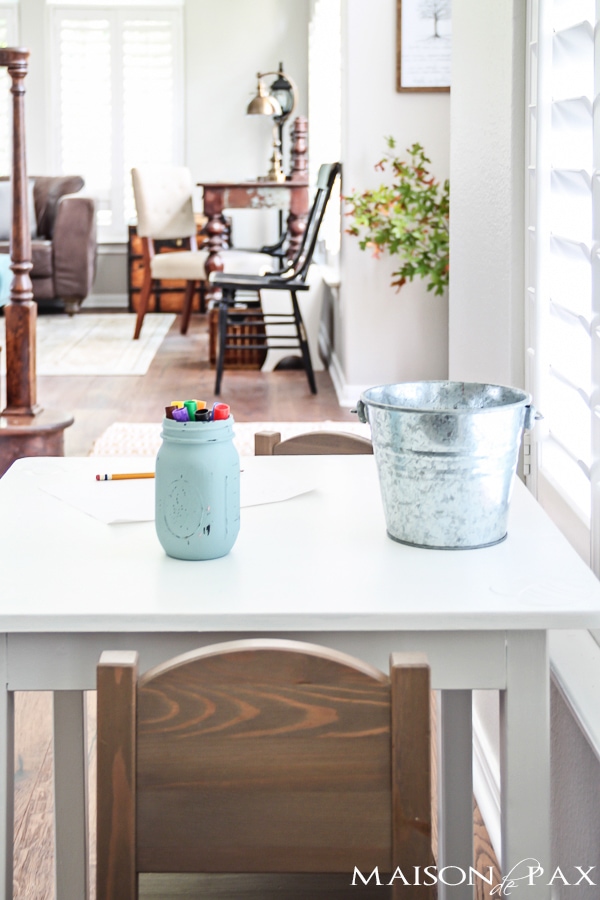


Great information! Twice we have sanded, stained, and poly-coated our kitchen table. After about a year, the top gets sticky/gummy, as though the poly is softening. How do you stop this from happening? It is a well-used table, so I do wipe it at the end of the day with a damp sponge and wonder if that is the problem. We don’t live in a humid area, and we let the table sit for a week in the garage in the middle of HOT summer before using it. Thank you for any information.
Hi Jan! Sometimes staining a wood piece in humidity can create this stickiness as you said. I don’t know of a true solution other than starting over, or perhaps using a dry cloth to keep it dusted without adding more water into the polly.
Hi Jan! Sometimes staining in a high humidity environment can create a stickiness in the final texture. I would avoid wiping it down too much and using a dry cloth for dusting.
Wonderful o
post I’ve been thinking about doing this in my den. Both pieces are large so I didn’t want a problem . I’m going to follow these instructions, I appreciate you and your blog.
So glad you found it helpful, Diana!
I love that bedroom rug! Any way you can share where you got it?
Hi Monica! You can find it with my affiliate link here: https://rstyle.me/+B7yV89CZ-8lsmTOIIZ0-uw
This made no sense, I literally read the whole article so I could find out how to get the “raw look” and got nothing in return. Or did I miss something? All I read was how to get a raw look on high traffics area, mid traffic area and yeah etc. etc TALK ABOUT CLICK BATE!! 🤦♀️
This post might be more helpful for you: https://www.maisondepax.com/how-to-get-raw-wood-look/
Hi Rachel, I have a set of pine dining chairs that I would like to age and finish. The old varnish has been sanded off and they are relatively blond. I like the look of the cerusean wax, however, would you use wax on daily dining chairs?
I am not sure how to “age’ the pine, without going too grey and using a poly coat. Stain samples using the black tea/vinegar/steel wool method are too grey and dark.
Any suggestions would be much appreciated.
Andrea Jorgenson
I’m sorry for the slow reply! I just found this comment buried… I’m not sure if you even still need help, but I agree with you that wax for daily-use dining chairs may not be ideal. You might try General Finishes Flat out Flat. It’s the closest I’ve found to a sealer that doesn’t change the color of the wood underneath. Sealing wood always affects the color a bit, but Flat out Flat definitely doesn’t go as yellow or orange as traditional poly. I hope this helps!
Sorry, I just wanted to add that you might try a white stain if you want to add more color before sealing. You could thin the stain if it feels too strong. Hope this helps!
Hi Rachel! I am looking to strip a dining table, and do a whitewash over the raw finish. Would you recommend the General Finishes Flat Out Flat Topcoat for this high traffic table top? The website says that it may yellow a white painted project, but what about a whitewash? Thank you, Beth
I’m not totally familiar with that product, but a whitewash isn’t true true white, so you may be ok.
Thank you!